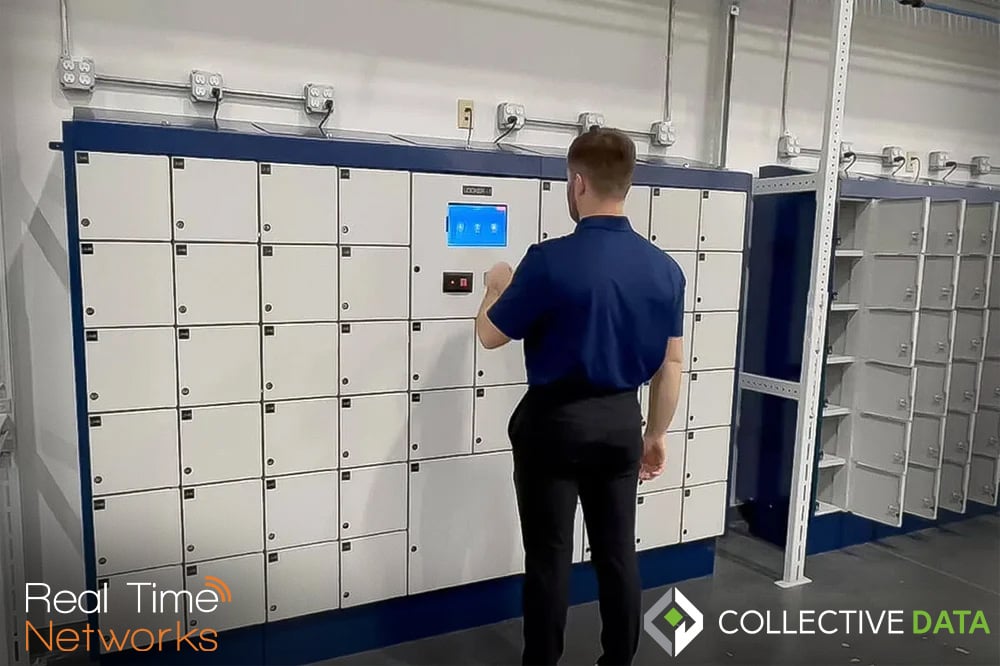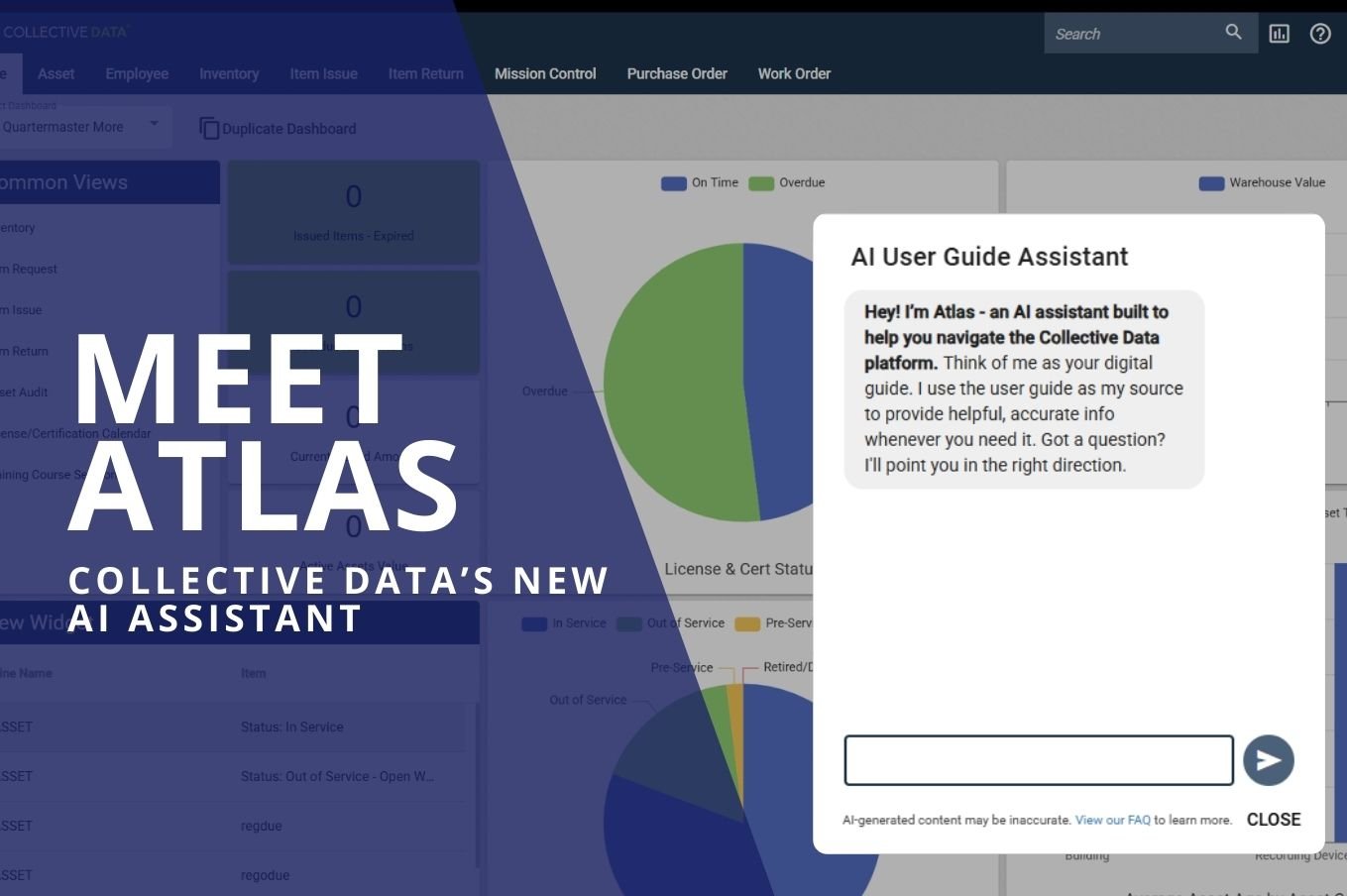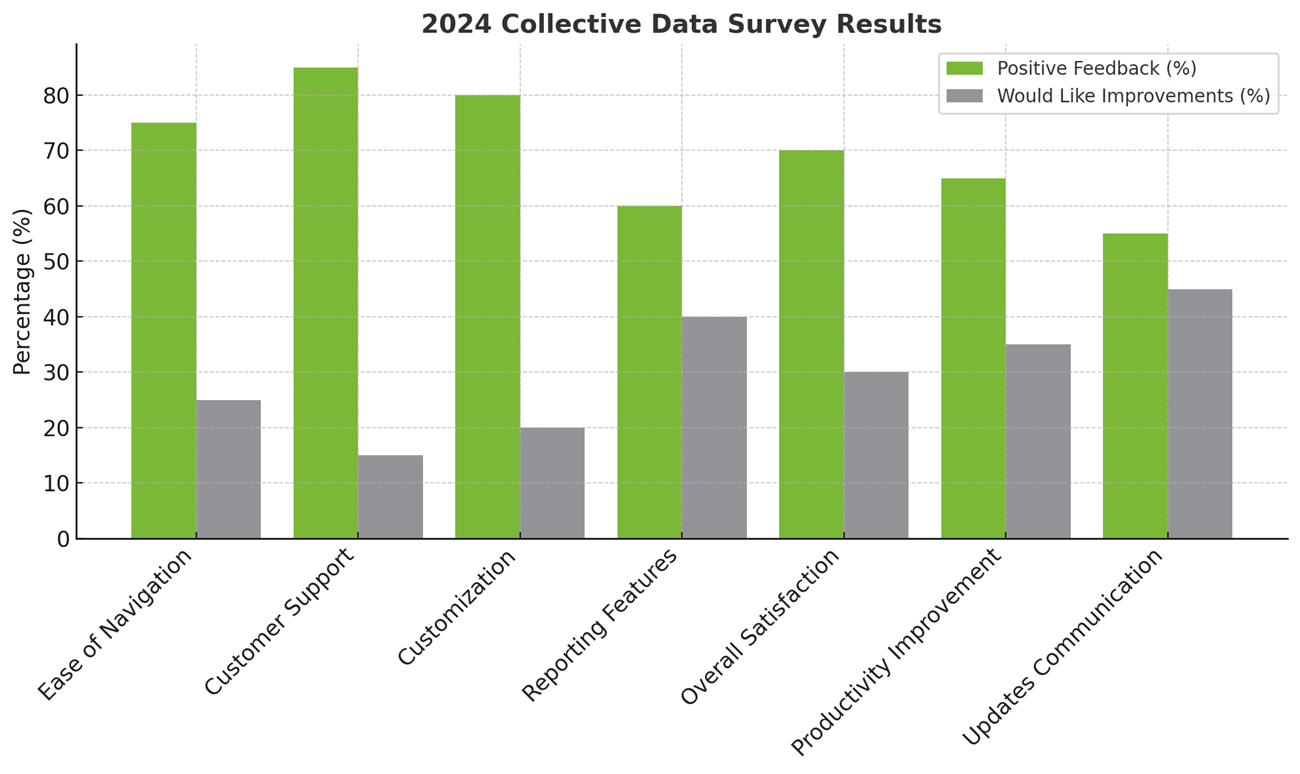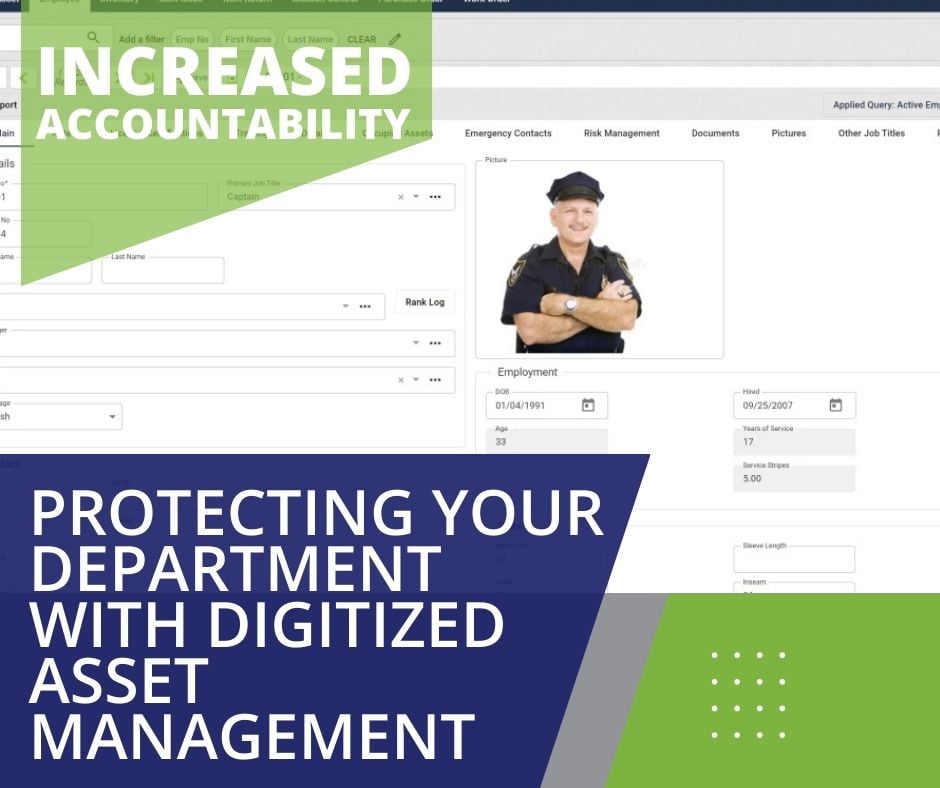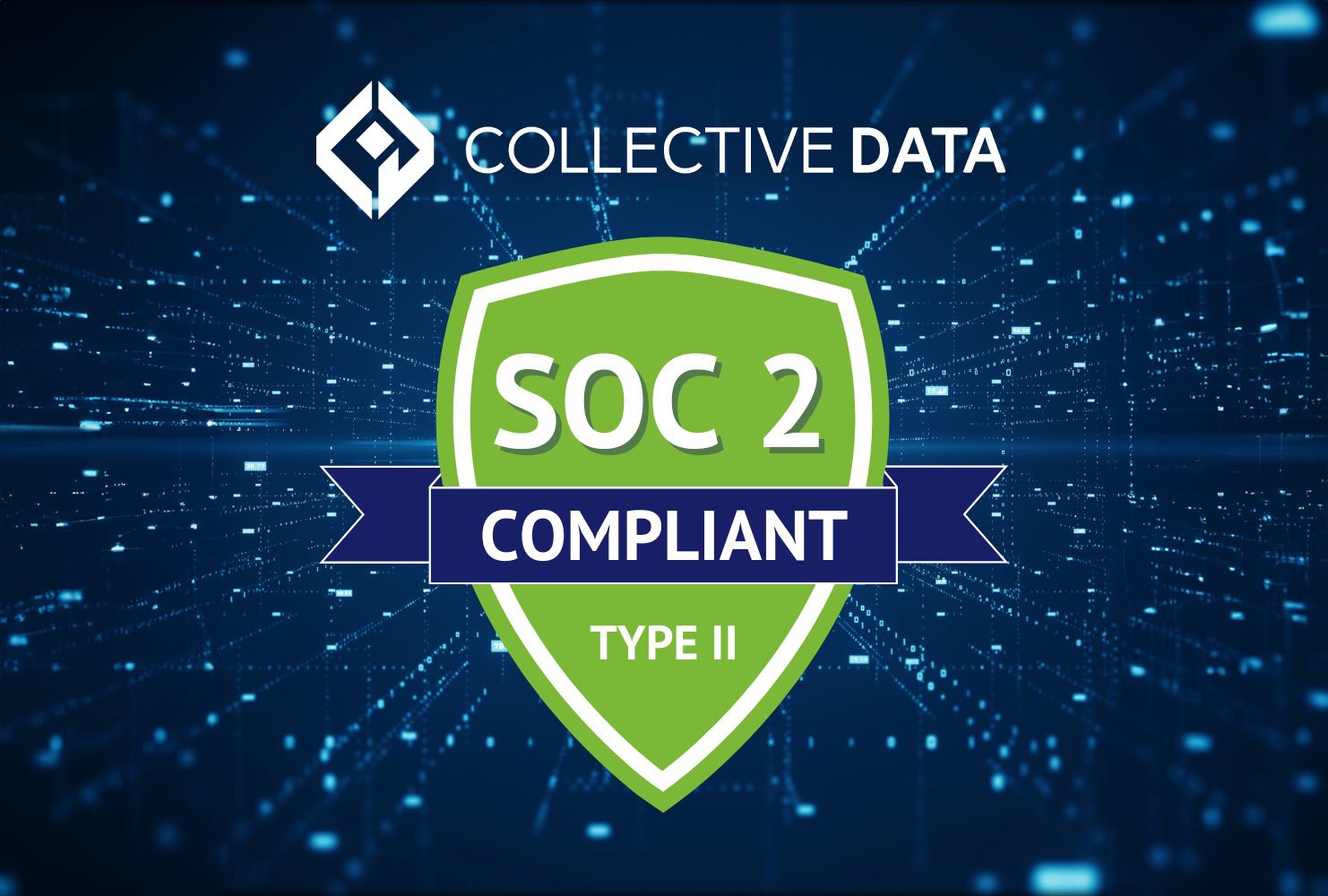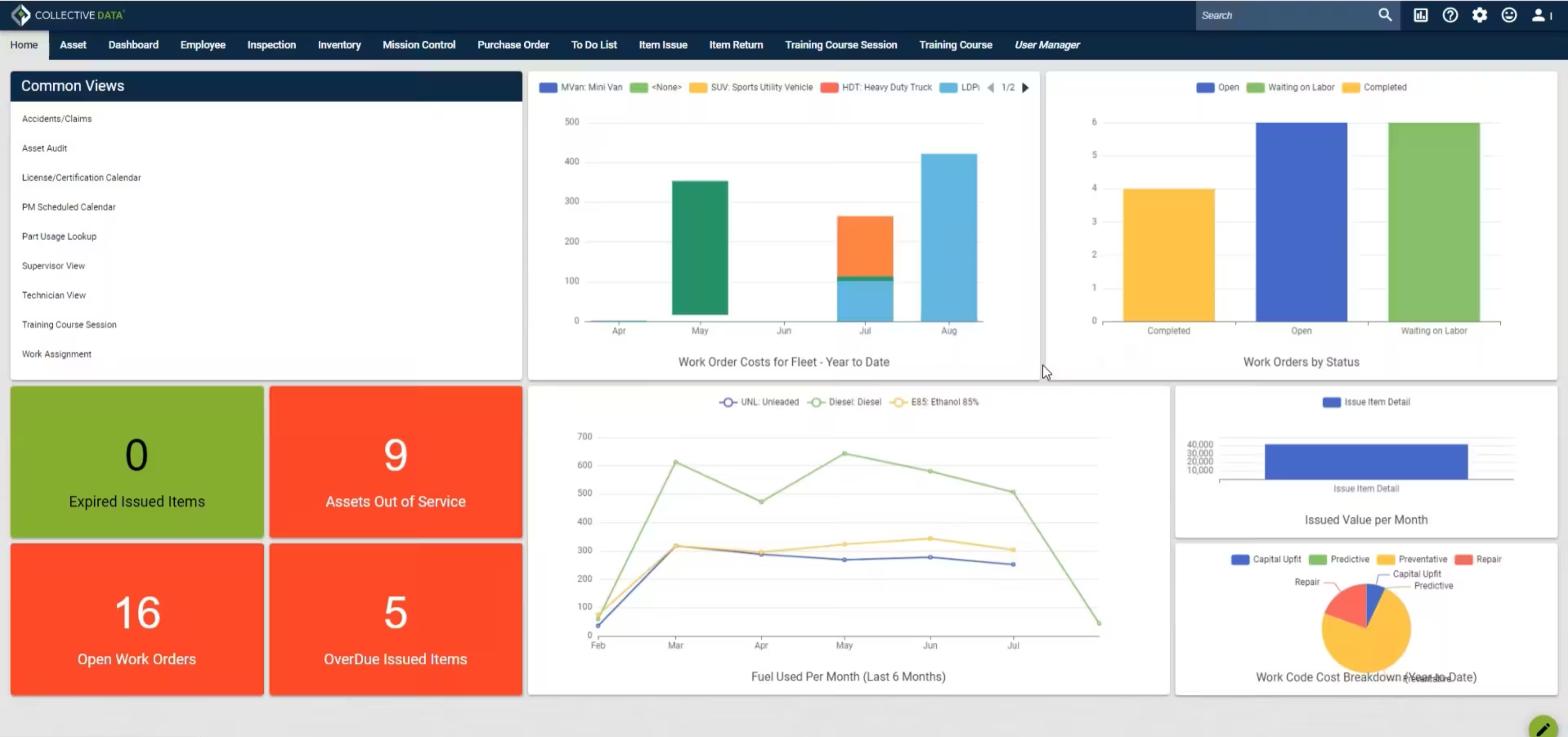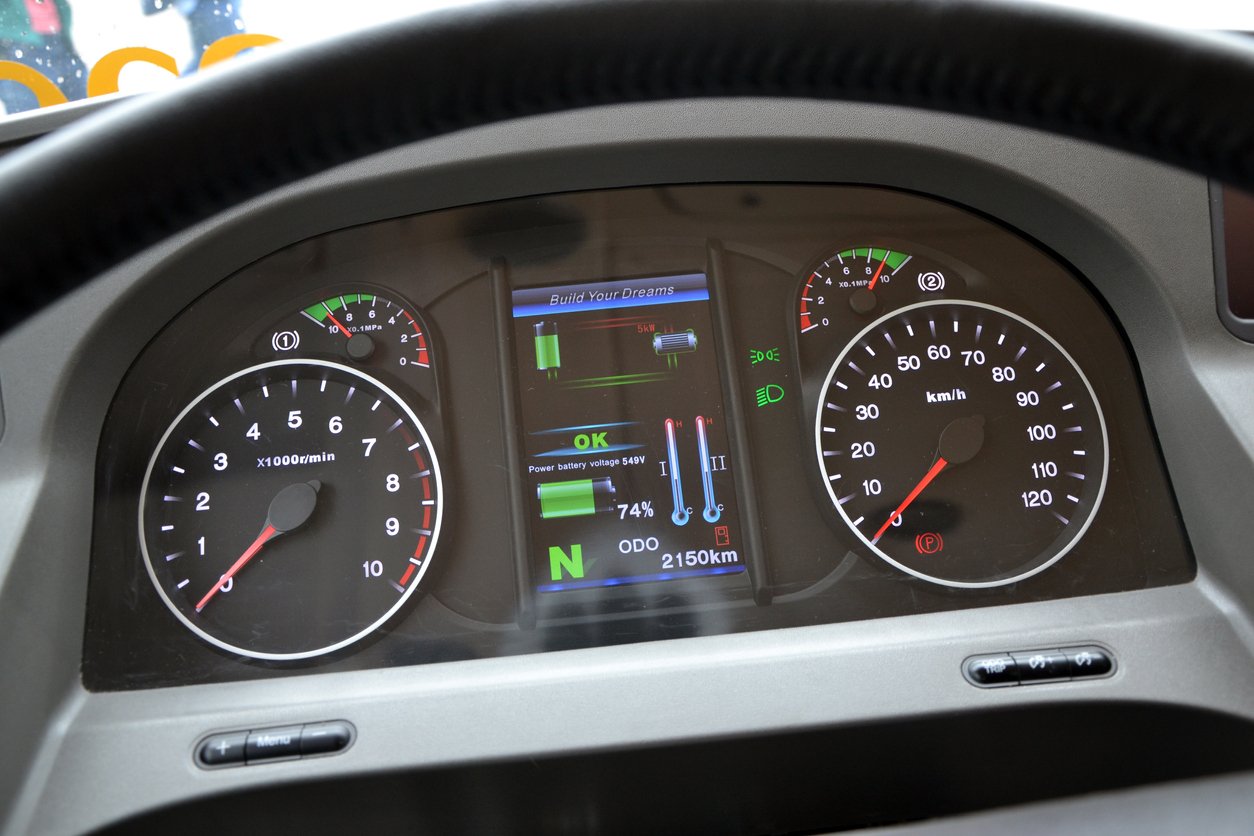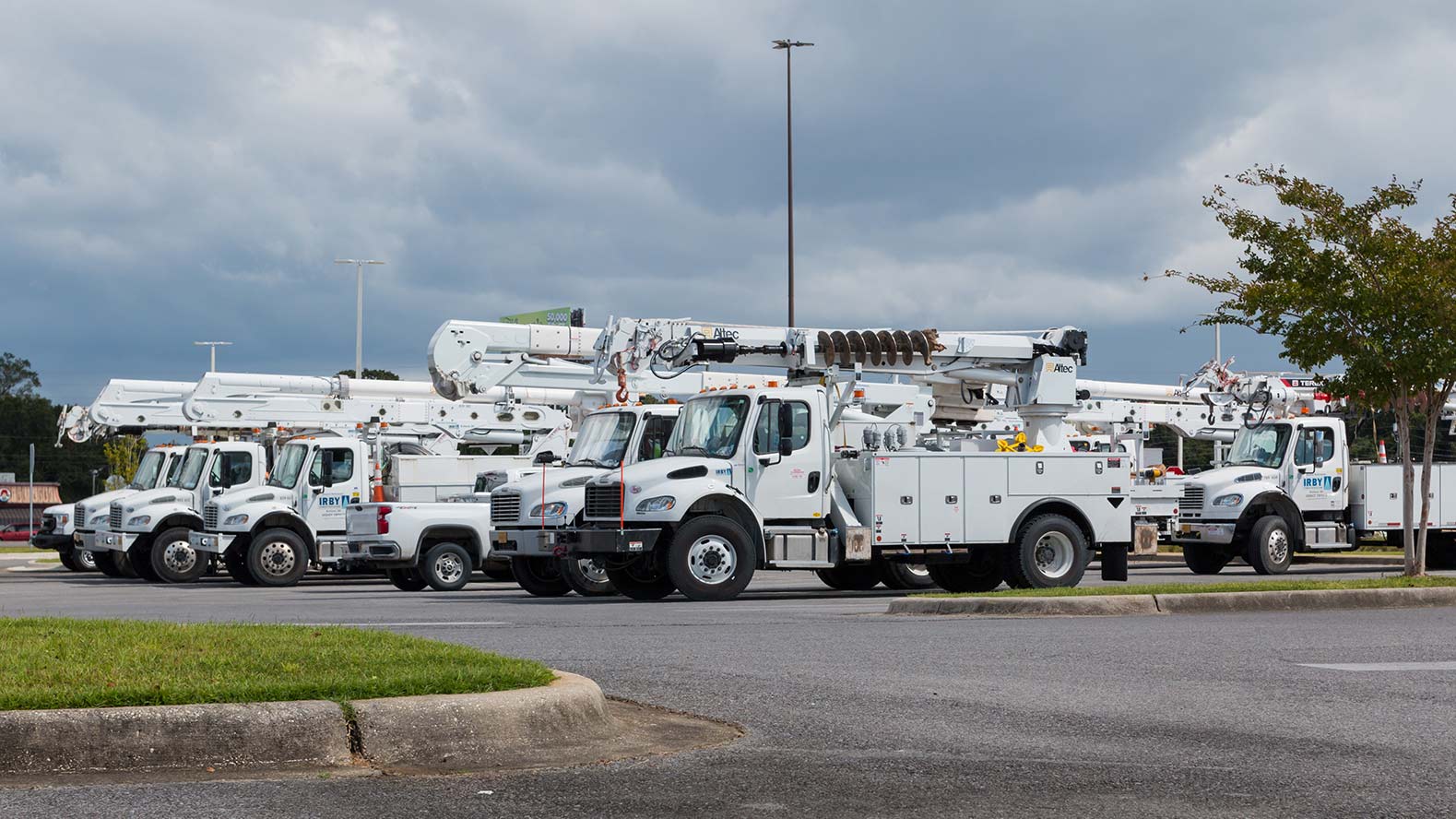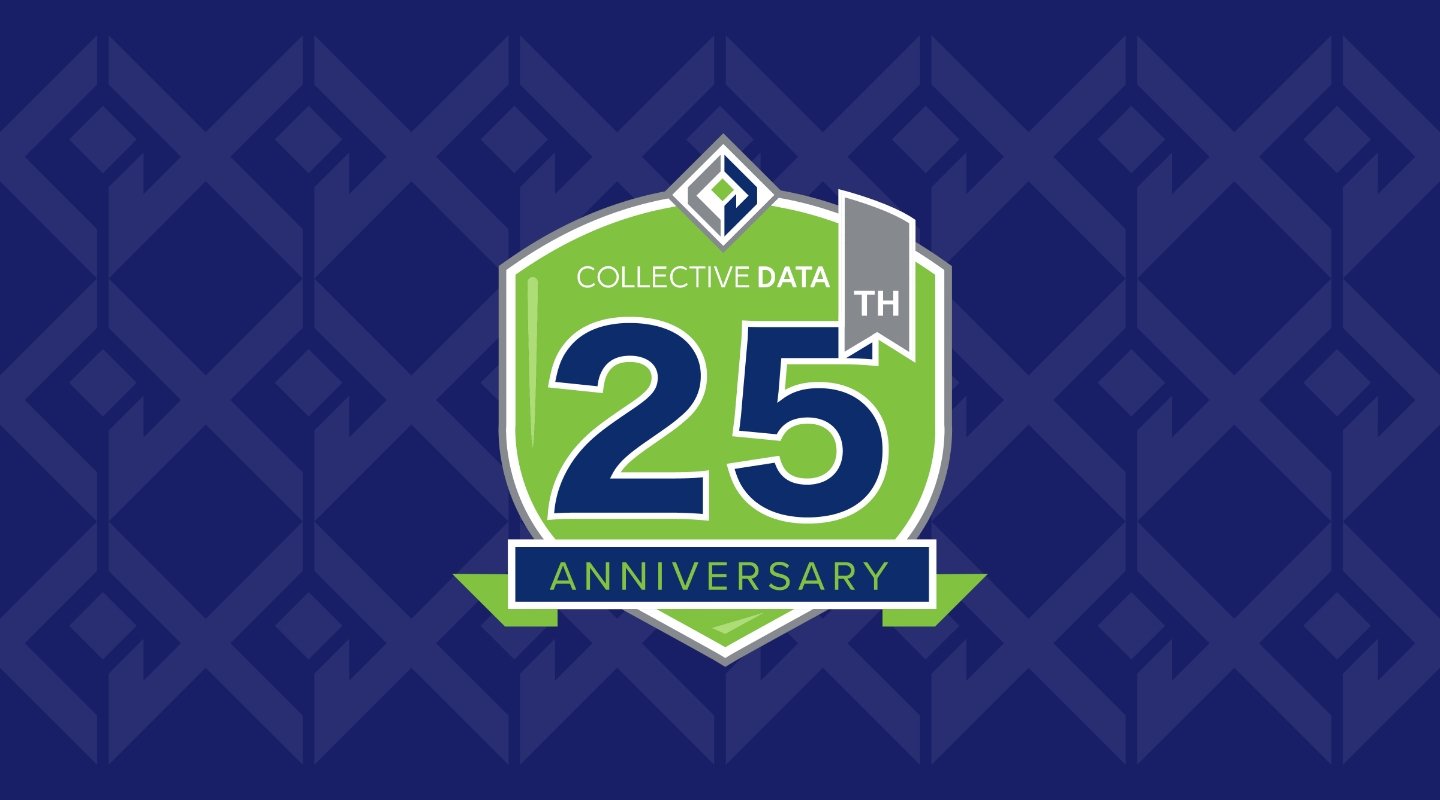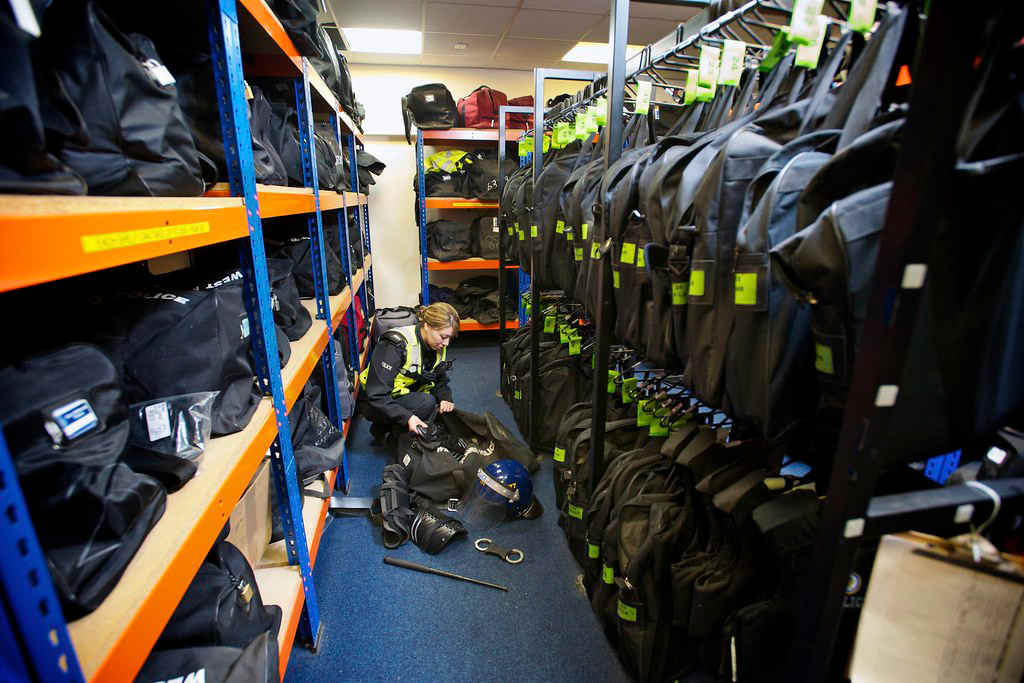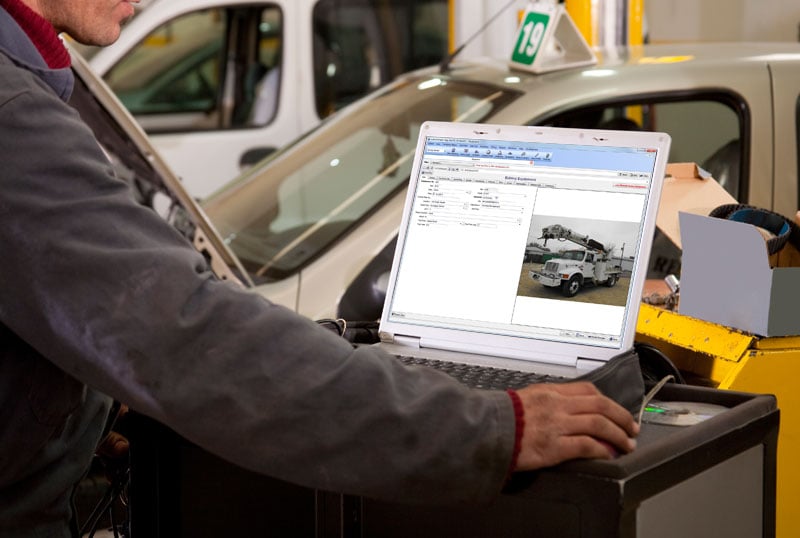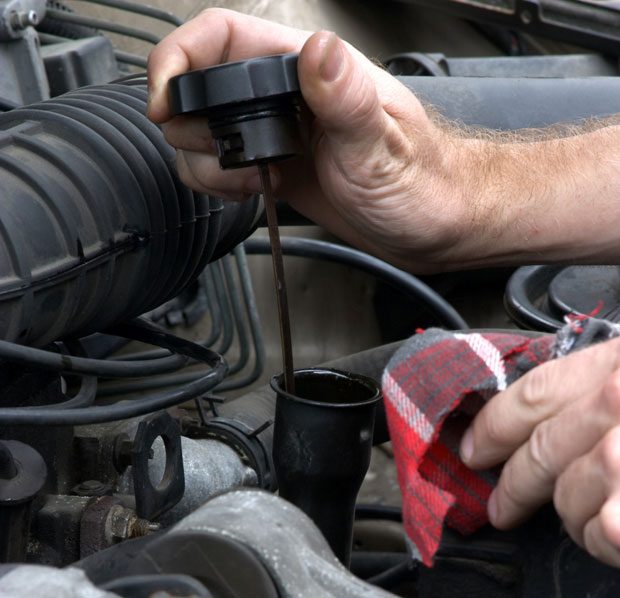Keeping and maintaining records is more than an administrative task completed for accounting or tax reasons. Proper recordkeeping can save lives. All public and most private employers are obligated to prepare and maintain accident records; however, prevention is the key.
Entering a vehicle, PPE gear or other assets into a database to track usage, in addition to maintenance and repairs, from early in the asset’s lifecycle is the best practice in preventing accidents. Properly maintaining and routinely inspecting items, especially vehicles, should be completed on a regular basis. A recordkeeping database keeps workers and management informed when it is time for maintenance.
Records maintained regularly can limit organizational liability and unnecessary expenses if an accident were to occur. If improper recordkeeping caused the maintenance or repair from taking place, the organization can be blamed for the accident. This can be avoided by using a recordkeeping database and staying compliant within processes that outline how and when records are recorded.
Effective recordkeeping is just as important as safety training and PPE when it comes to avoiding workplace injuries and deaths. It provides a solid foundation for a successful, well-managed safety program. Recordkeeping, as part of an overarching safety program, will not only help prevent accidents, but help you measure the success of your safety program while identifying risks.
Recordkeeping and safety go hand in hand. A detailed combing through of motor vehicle and other safety records is part of a DOT or OSHA audit. An advanced electronic database for housing these records makes the audit process smoother and more accurate. Reports can be run for the required information only, leaving unnecessary data alone. This can speed up the audit process and provide only the required documentation to the auditing entity.
Proper recordkeeping should begin at onboarding and continue throughout employment. Building a comprehensive and documented safety program that includes maintaining detailed records will ensure that risks are identified before accidents happen. Safety program training should also be recorded, as part of each employee’s record. Stressing the importance of keeping records for safety and audit purposes should be part of the conversation between leadership and workers on a regular basis.
Collective Data has been assisting public and private organizations with storing data and documenting asset life cycle records for over 20 years. By listening to the needs of customers, Collective Data’s software products have evolved into the powerful asset management tools they are today. This fleet and asset management software is helping construction companies, municipalities, law enforcement agencies, and many more types of organizations prevent accidents and prepare for audits.



